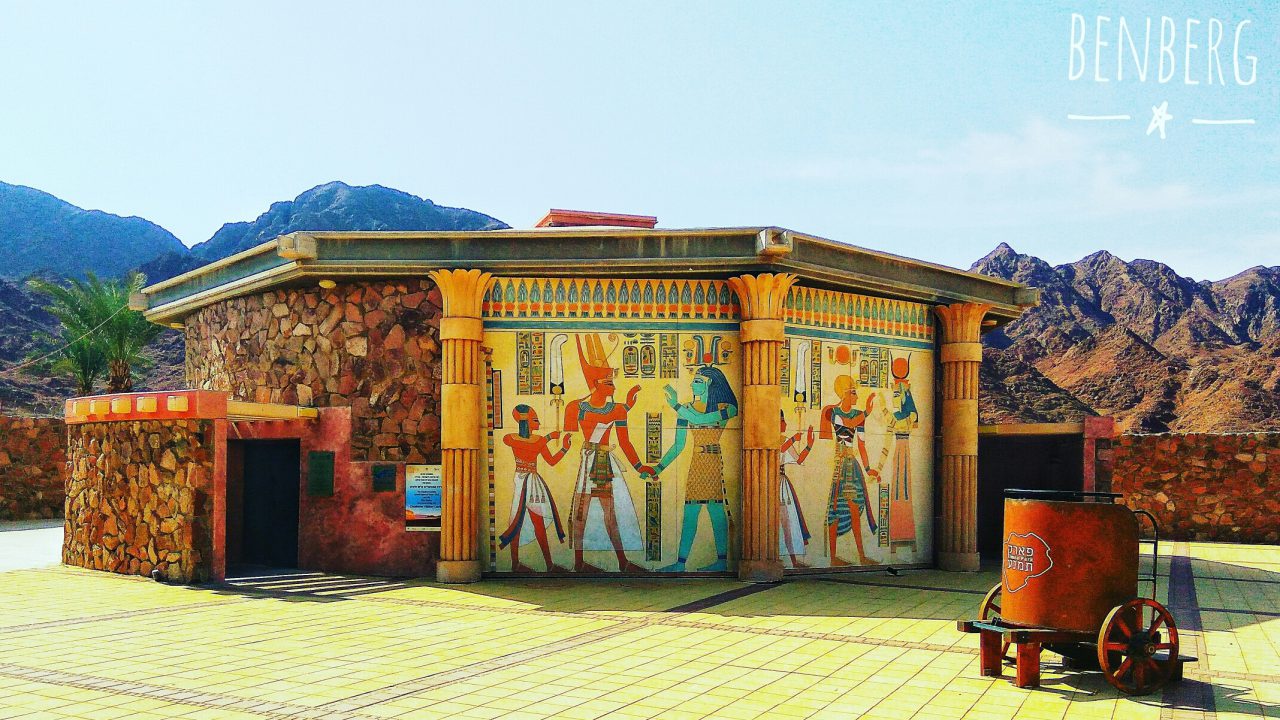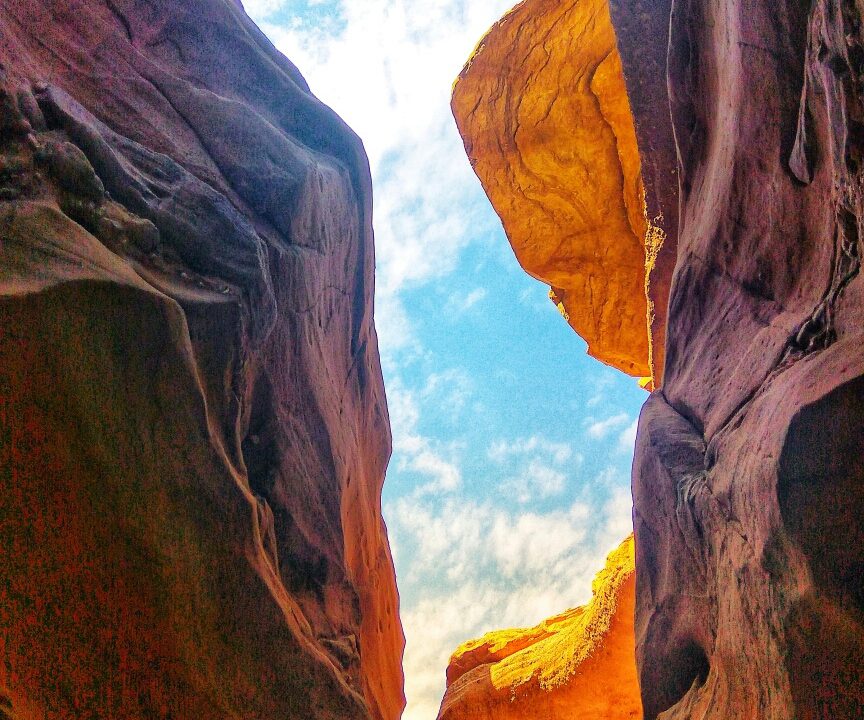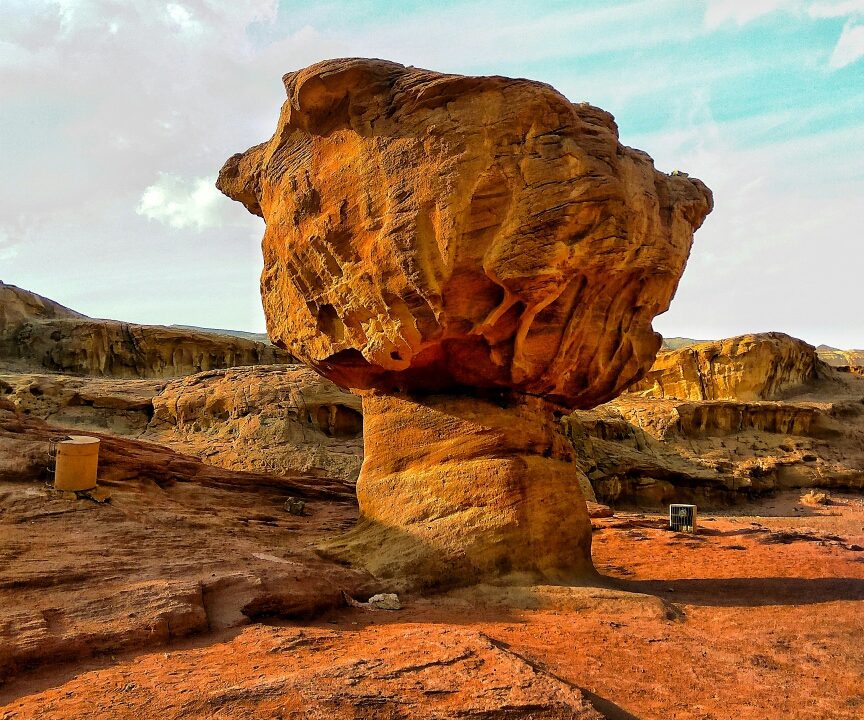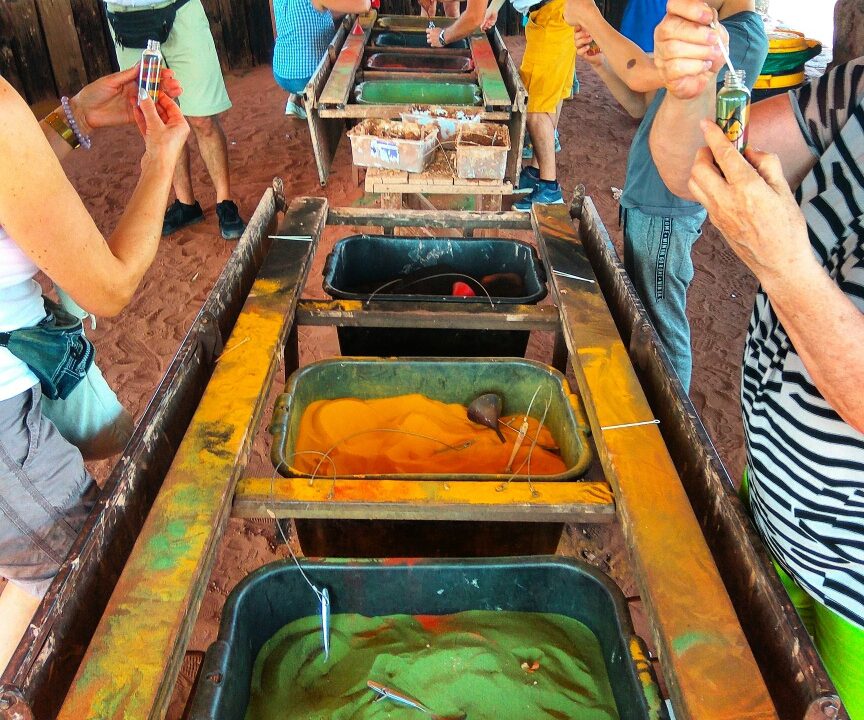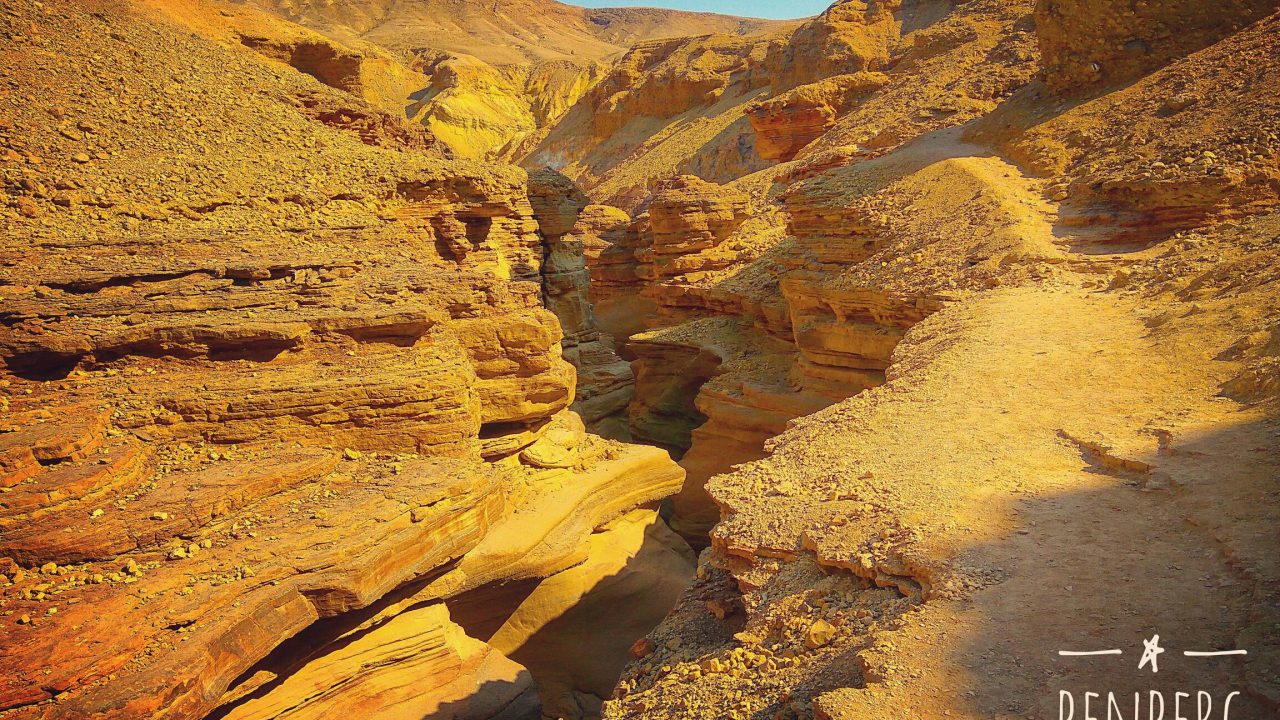Red Canyon and Timna Park, excursion from Eilat
Price: 85$ per person
Timna Park and Red Canyon
Red canyon
Departure from Eilat at a specified time
Canyon tour
Services of the Russian-speaking guide
Choosing a route at will
The canyon tour lasts two hours
Timna Park
Departure from Eilat at any time convenient for you (before lunch)
Multimedia film
Visiting Solomon’s pillars
Visiting stone arches and mushrooms
Save Solomon
Tourists should have with them:
Hats.
Sunscreen cream
Water
Good mood
Tour package includes:
Transportation Services
Services of the Russian-speaking guide
Entry tickets
The tour of the park lasts three hours.
The whole tour is 5 hours.
One of the attractions located near the city of Eilat is the Red Canyon. This is one of the most popular places for tourists in Eilat. The walk turns out to be a very pleasant, memorable beautiful and unusual views.
Many of those who have ever rested in Egypt, especially in Sharm el-Sheikh, visited the similar Colored Canyon in the Sinai Peninsula. The red canyon in Israel is not so deep, the colors here are dominated by different shades of red (this kind of sandstone, hence the name). But it seemed to us that he was somehow more comfortable and less tiring when visiting.
Timna Park, excursions from Eilat | Mines of King Solomon
Temple of Goddess Hathor | Copper Lake
Timna Park is located in the valley; due to the unique natural data of the area, this is a famous tourist site of Israel. The development of tourism is promoted both by the many sights of natural origin and the ancient history – ancient copper mines, rock paintings, unique stone compositions, and objects erected in the park in recent years.
Considering Timna’s proximity to Eilat, numerous travel agencies offer excursions to Timna Park, among other things. For tour operators and agencies, Timna is, of course, a “brand” that is actively cultivated among visitors to Eilat and the Dead Sea. The park has planned various routes for visiting the sights, as well as entertainment programs for adults and children, such as pedal boats on the lake or filling bottles with colored sand.
Solomon poles
Solomon’s pillars are one of the most significant attractions of Timna Park. Solomon pillars are part of the stone rock. They were formed naturally as a result of the erosion of hard red sandstone. They received their name in honor of King Solomon. King Solomon, who built the First Temple according to the command of God given to Moshe, gave the names of two bronze columns at the entrance to the Temple – Boaz and Yakhin. Yakhin was the son of Simeon and the grandson of Jacob, and Boaz was the great-grandfather of King David, the nephew of Elimelech. It is these columns (pillars) that are called the Solomon Pillars, and the colossal rocks in Timna embody and embody the power of these most important elements of the Temple.
Temple of the Goddess Hathor
The temple of the goddess Hathor, built at the end of the XIV century BC. er during the reign of the Egyptian pharaoh Seti I, located near the Solomon pillars. The temple is built in a low stone wall, which covers the room adjacent to the rock, of white sandstone and granite, in the form of an open courtyard and has dimensions of about 15 x 15 meters. The steps of the temple lead to a rock engraving depicting Ramses III, presenting gifts to the goddess Hathor.
In Egyptian mythology, Hathor is the goddess of heaven, love, femininity and beauty, as well as the husband of Choir. Originally considered the daughter of Ra. Hathor – “The Goddess of the Mine”, “Woman-Hawk”, “Goddess of Love”, “Turquoise” Goddess, keeping it from the evil eye. In addition to other patronage, Hathor was considered the patroness of miners and treasure hunters, this is one of the main reasons why the Hathor Temple was erected in Timna.
The temple was seriously destroyed by an earthquake and rebuilt during the reign of Ramses II from a larger yard and a white stone floor. The walls were built of sandstone and granite that were in place, and the facade was built of white sandstone brought from the mine area. The temple, with its two square columns carrying the head of Hathor, should have been a spectacular sight in the light of the rising sun. In the courtyard of the temple there was a small workshop for casting copper figurines and items that served as part of the rites of sacrifice. Among the finds in the temple were hieroglyphic inscriptions, including cartouches (seals) of most pharaohs who reigned in the XII-XIV centuries BC. Numerous other elements of sacrifices made by the Egyptians, including various copper products, vessels made of alabaster, figurines of cats and leopards from faience, print, beads and scarabs made of stone and copper, as well as figurines, tablets and sculptures of Hathor were also discovered. A total of several thousand artifacts were found in an Egyptian temple.
With the fall of the Egyptian rule over the region in the middle of the XII century BC, the temple of Hathor was abandoned along with the mines of Timna. However, religious events in the temple were restored by the Medes, who remained in Timna for a short period after the Egyptians left. They destroyed the traces of the Egyptian cult and erased the images of Hathor and Egyptian hieroglyphic inscriptions on stelae. Other changes were also made: a number of steles were installed and the “supply benches” were lined up on either side of the entrance. The remains of woolen cloth found along the walls of the courtyard are evidence that the Medes had turned the Egyptian temple into a tent camp in the desert. Among the finds in this temple of the Mede were a large number of household items and religious attributes brought directly from the Mussel, including beautiful decorations of ceramics and metal. Of particular importance is the discovery of a copper snake with a gilded head. This is reminiscent of the brazen serpent described in the Book of Numbers:
“And the Lord said unto Moses, Make thee a serpent, and set it on a banner, and if it is stung, glancing at it, it shall live. And Moses made a brass serpent and set it on a banner, and when the serpent stung a man, he looked at the brass serpent and remained alive.
(Num. 21: 6-8) “
Time Dungeons
Multimedia presentation with a rotating stage and screens, clearly illustrating the historical and cultural background of Ancient Egypt on the territory of Timna thousands of years ago, the mission of the Egyptians, the ancient gods, etc. The oldest region is represented in 7 video films and in a huge colorful diorama of 80 square meters. m., with numerous technical and stereo effects. Viewers are directly involved in stories, solving charades and rebuses of ancient history: where does Copper Snake come from? Who are the ancient gods? Temple of the Goddess Hathor, the cult of copper, etc.
Performances are held in a separate building specially equipped for this purpose at the entrance to the park. The duration of each of the submissions lasts about 15 – 20 minutes.

